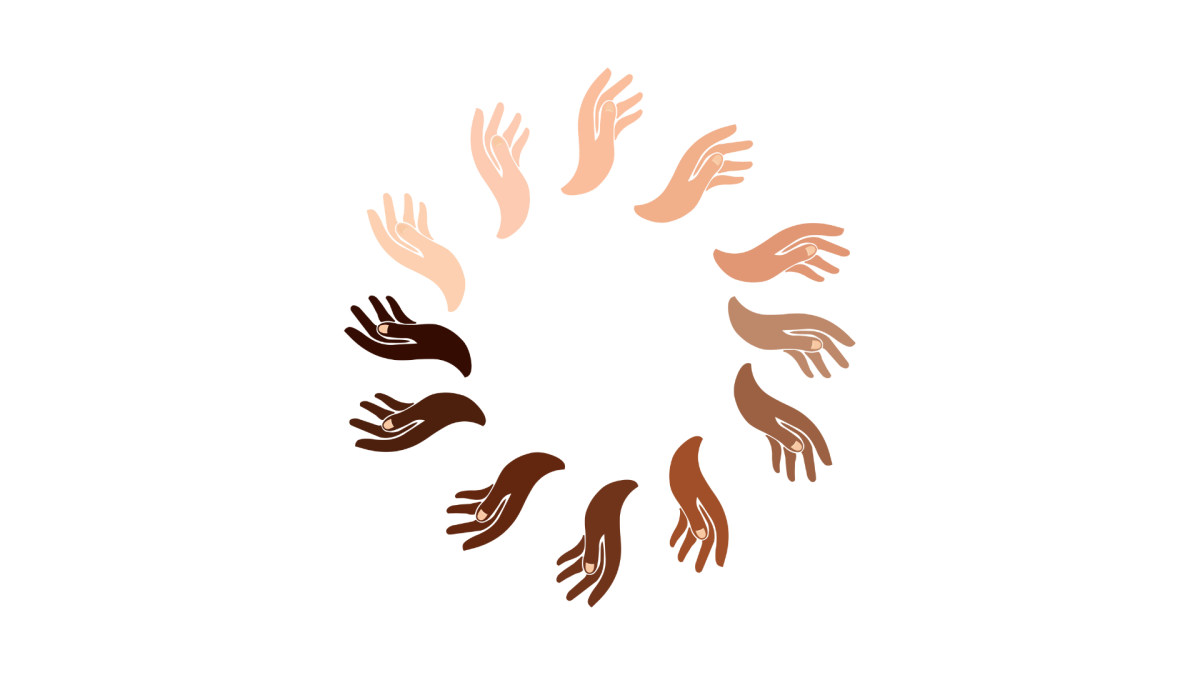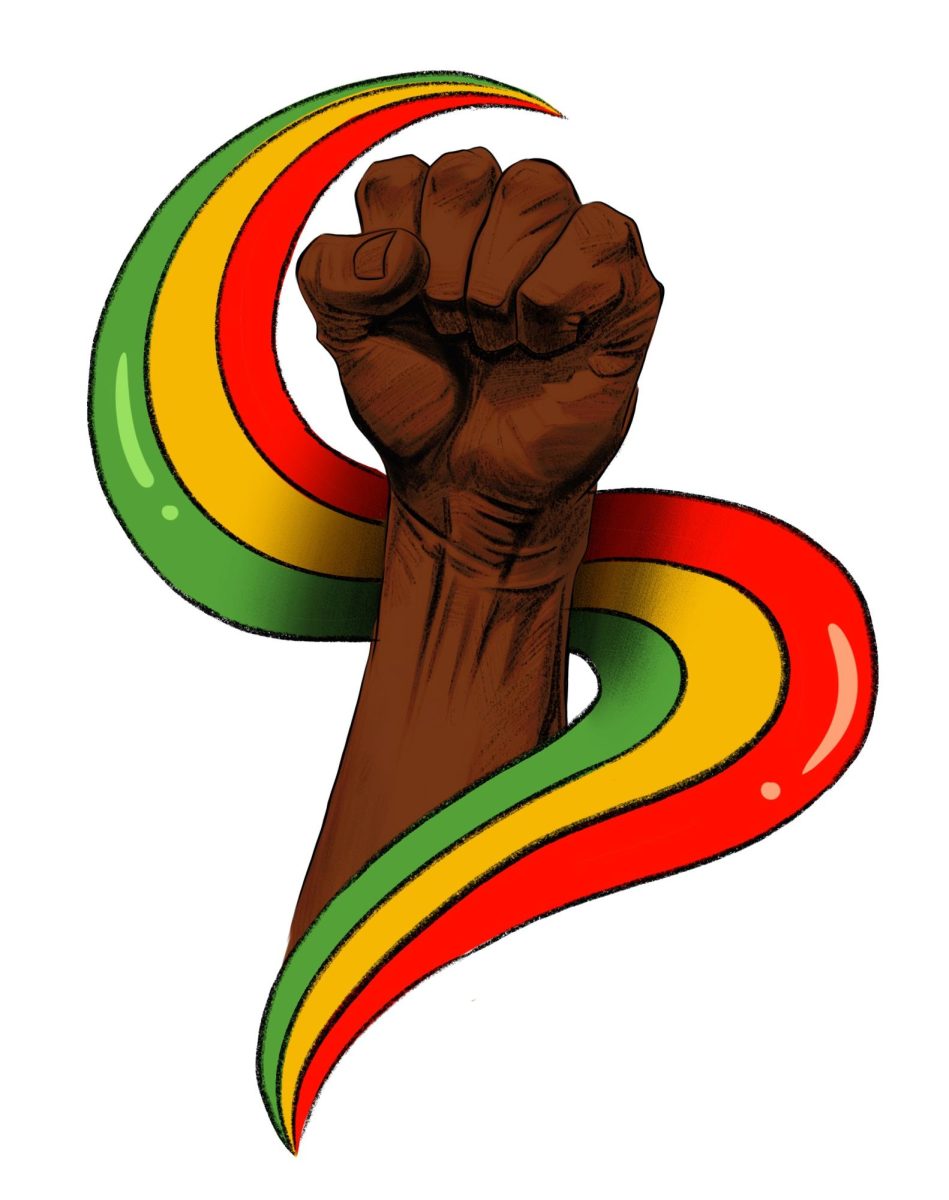I remember the dreadful class selection night in January before my freshman year. My mom and I argued over the computer screen, overwhelmed by the sheer array of classes available to take. Picking French, however, was a no-brainer. I had been taking the language for the past two years, so it only felt natural to continue. I clicked the French 2 option and closed the laptop without a second thought.
At the start of the year, I became good friends with a girl in my English class. I asked her what classes she was taking, hoping our schedules would be similar, but I was confused when she said she was taking Japanese. I wondered why she was taking it, thinking it would be impractical to learn, but then she told me that she was Japanese and wanted to learn more about her heritage and culture.
Her statement stuck with me, and I wondered if other ETHS students felt the same about their language class. I made a friend who was taking French because her mom was from a French-speaking country. Another classmate had tested into German to continue learning what they had been speaking their whole life. I began hearing other classmates and friends say that they had close relationships with the language they were taking and that it connected them to their culture, heritage, or family. I thought it was pretty cool that ETHS offered so many languages for people of different backgrounds.
After those conversations with other students, I started to learn more about ETHS’ language options. Currently, there are seven languages students at ETHS can take: Chinese, Japanese, ASL, German, Spanish, French, and Latin. Language classes are taught so students expand their analytical capacities and open up more job opportunities post-high school. ETHS offers common languages like French and Spanish that are spoken throughout the world. Out of all seven languages that ETHS offers, only two originate in non-western countries. Evanston prides itself on being diverse and inclusive but only having two non-European languages available at the high school level isn’t showing a lot of “inclusivity”.
According to Statista, Arabic is the sixth most spoken world language in 2023, with over 200 million worldwide speakers. More than twenty countries across the globe have Arabic as their official or co-official language, and in the Chicago-Naperville-Elgin area; 65,000 people speak the language. Arabic is one of the world’s most spoken languages, surpassing German and nearly French. Mohamad Moslimani at the Pew Research Center agrees, ranking Arabic seventh in America’s “most common non-English language spoken at home.” It’s clear here that Arabic is quite a popular language, not only in the Chicagoland area but the world as well.
Having an Arabic language class directly correlates with identities at ETHS, since many students are from Arabic-speaking countries or have religious affiliations to the language. Of course, there is the issue of finding qualified educators, getting students to enroll, and having enough money in the education budget to support adding another class.
However, there is no doubt in my mind that the effort of these endeavors would benefit the school and more importantly, the students. It’s easy to feel underrepresented without classes and curriculums relating to student identities at school. Adding more programs that cover a range of different topics would increase feelings of solidarity. Students who have just moved to the Evanston area or are new to the school with an Arabic-speaking background can feel a sense of belonging and familiarity. The class would foster community and shared comradery with Arabic-speaking students and staff. Evanston Township should offer more languages so students of all backgrounds can have a space to feel comfortable, seen, and heard.





